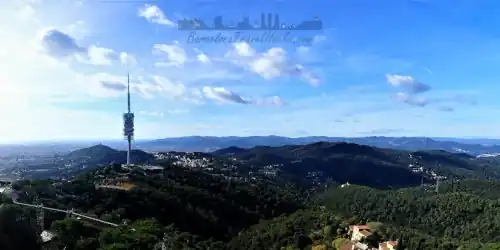 FGC+BUS
FGC+BUSA list of places constructed for the 1992 Barcelona Olympics
Attractions, sites, venues & museums constructed for or about the 1992 Barcelona Olympics. Places with a sports theme
Description of 1992 Olympics & sport
The 1992 Barcelona Summer Olympics between 25 July and 9 August 1992, was a pivotal moment in the history of Barcelona which caused massive modernisation of the city, transport and public spaces starting in 1986 when the city was chosen as the host. Thirty years on and some Olympic constructions are now empty, abandoned or demolished. However some remain in use and can be visited.
Modernisation of Barcelona for the 1992 Barcelona Summer Olympics
- Creation of two miles of beachfront using dredged sand. Yes, the beaches in Barcelona from Barceloneta to Port Olympic and Port Olympic to Port Forum were artificially created for the 1992 Olympics and is a big tourist draw as well as being popular with locals.
- The Poblenou neighbourhood was transformed from abandoned factories and light industry into a residential area containing an Olympic village to house athletes during the event. Today this area is full of converted warehouses that are now co working spaces, community centres and have many start-ups and technology companies.
- Montjuïc was extensively redeveloped to have the Olympic stadium for track and field sports, Palau Sant Jordi indoor arena for temperature controlled events, plus the Bernat Picornell swimming pools and the diving pools (Piscina Municipal de Montjuïc).
- Road transport in the city was drastically improved by the construction of a circular ring road (Ronda de Dalt and Ronda Litoral) to take traffic out of the main city thoroughfare of Gran Via de Les Cortes Catalanes. The Ronda de Dalt runs on the inland side next to the Collserolla Natural Park mountains from l'Hospitalet de Llobregat to La Trinitat. The Ronda Litoral runs through the city along the coast in tunnels under the Barcelona Port vell boulevard.
- Parks and green spaces in Barcelona city were overhauled for the Olympics with the Magic Fountain in Montjuïc being rebuilt as a grand boulevard to the Fira 1 and MNAC spaces made famous for Freddie Mercury and Montserrat Caballé’s live performance of "Barcelona". Many other parks were also overhauled for the Olympics with more fountains being added.
The net result of the Barcelona Olympics is that it has changed the profile of tourism in the city. in 1990 only 22% of the 1.7 million visitors came to the city for holidays and leisure with the rest being for work. Today holiday tourism predominates with over 80% coming to the city for tourism and leisure with a visitor count in 2019 of 10 million.
Below, in this list you will find attractions that can be visited and enjoyed that were built for the 1992 Olympics or that have a strong connection to the Olympics. Click on a photo to find out more.
Happy Exploring!
Atractions with theme of 1992 Olympics & sport
 FGC+BUS
FGC+BUS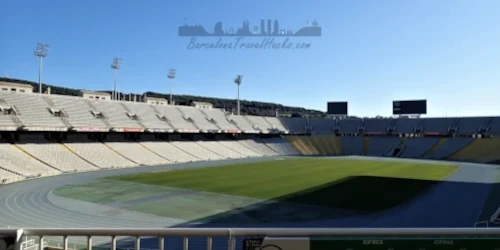 METRO+BUS
METRO+BUSMontjuïc Lluís Companys Olympic Stadium
Barcelona Football Club (FCB) temporary stadium & concert venue in Montjuïc mountain. Visit the Stadium. Montjuïc Grand Prix history
Read more >
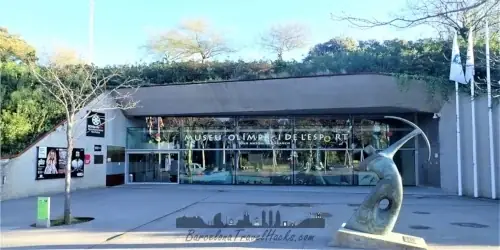 METRO
METROOlympic and Sports Museum in Barcelona
2007 Museum dedicated to sport & 1992 Olympic games. Museum houses sports exhibits in an interactive children friendly space. Tickets & Opening Hours
Read more >
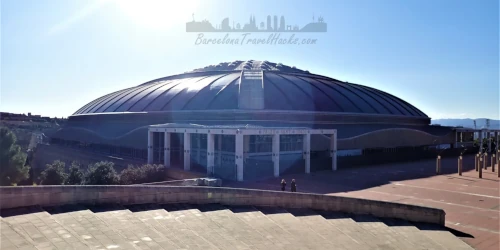 METRO
METROPalau Sant Jordí & Montjuïc Olympic Park
Muti-use indoor 16,000 seat indoor arena in Montjuïc Olympic Park built for 1992 Olympics and used as for concerts and sports events
Read more >
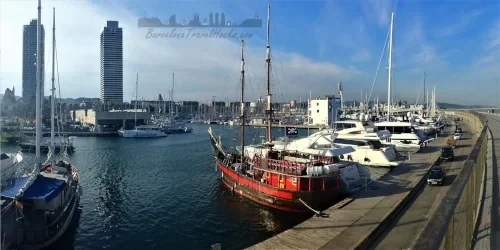 METRO
METROPort Olímpic Marina, Hotel Arts & Tore Mapfre
Built for sailing events for 1992 Barcelona summer Olympics with views of hotel Arts and Torre Mapfre, sailing school and boat rental. No longer night club zone
Read more >
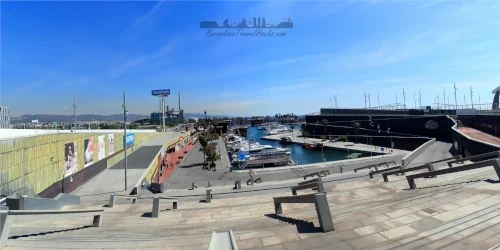 METRO
METRO